With a lute in their hand and a smile on their face, the Bard is one of the strongest magical debuffers and supports in Baldur’s Gate 3. Multiclassing them is perfect since it brings their natural charisma to any class. However, some classes hear the sound of music better than others.
If you want some inspiration on what Bard builds work well in BG3, we have the list for you. These are some of the most effective ways to combine early-level class features with the musical characters.
The best Bard multiclass options in BG3
The best Bard multiclass is a mixture between Bard and Warlock with seven points in Bard and five points in Warlock because it includes the Song of Rest class mixed with Eldritch Blast.
Bard’s early-level features make them low-damage, high crowd-control magic users with the potential to grow into martial disciplines or deeper into combat-oriented ones. The Bard will never deal high physical or magical damage without the aid of their party members, making a multiclass a good opportunity to bump up their numbers. Read on to learn some of our best recommendations for the best Bard multiclass and why we chose it.
Master of Short Rests: Bard 7/Warlock 5
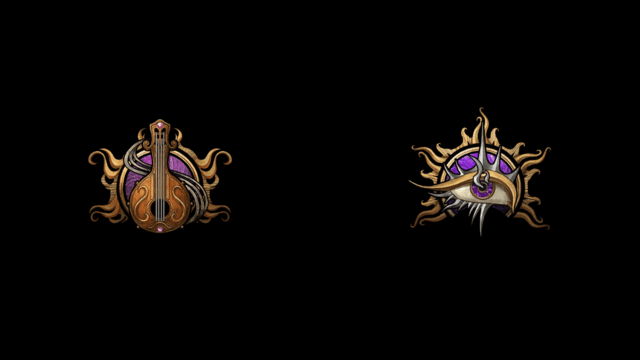
- Role in party: Ranged damage dealer, magical control
- Pros: High magical damage with Eldritch Blast, incredible spell recursion.
- Cons: Weaker endgame spell list, less powerful Bardic Inspiration, one less feat.
- Feats: Ability score improvement
- Important magic items: Birthright, Wondrous Gloves
The Master of Short Rests utilizes the Song of Rest class feature to give yourself up to eight bonus third level spells per day. Alongside the Warlock’s incredible Eldritch Blast cantrip, this Bard is a legitimate threat by itself and a huge boon to the party.
The The Master of Short Rests multiclass build
For the most part, you can safely level your Bard to seven and Warlock to five with this setup without needing to intermingle. If you’d prefer, after Bard five is a good point to start investing into Warlock, so you can get some damage from Blast immediately.
Race and background hardly matter, though we found that Gnomes and Githyanki make for fascinating builds for different reasons—Gnomes for magical defense, and Githyanki for physical.
For this build, we care about Charisma, Constitution, and Dexterity—in that order.
| Charisma | Starts at 16 |
| Constitution | Starts at 16 |
| Dexterity | Stays at 14 |
Your Bard subclass is Lore and your Warlock is the Fiend.
Lore Bards get additional utility and are better at spellcasting in general, while the Fiend will keep you safe in combat and allow you to learn strong Fire spells by the build’s end. Your Bard’s Expertise should be in Persuasion and Deception, locking two high-ranking social skills down.
You get three Warlock invocations, which will likely be Agonizing Blast, Devil’s Sight, and Armor of Shadows—provided you want to use the Potent Robe. For your Pact, we recommend Pact of the Tome for access to very strong cantrips and spells.
For your Bard spells, it’s important to lock down opponents safely and securely. Tasha’s Hideous Laughter, Hypnotic Pattern, Blindness, and Greater Invisibility are excellent examples. However, you’ll also want some healing. Healing Word picks allies up without spending your all-important action. For cantrips, focus on utility with Mage Hand, Friends, and Vicious Mockery. Lore Bards get two spells from any class at level six.
We recommend Spiritual Weapon, and then either Mass Healing Word if you don’t have a healer or Counterspell if you do.
You’ll want Eldritch Blast of course, as well as any utility cantrip you missed from the Bard. Then, you can pivot right into aggressive spells:
- Armor of Agathys
- Hex
- Command
- Misty Step
- Darkness
- Scorching Ray
- Fireball
Sadly, your only realistic choice of feat is Ability Score improvement, both times. Getting to 20 Charisma is more important for you than breathing. Charisma is everything this build needs, from damage to spell save DCs. If you get to 20 early, usually due to alternative ability score increases, then consider boosting Constitution with Resilient (Constitution).
Your magic items basically have your name written on them—Potent Robe for damage, Birthright for more Charisma, and anything mentioning “Bardic Inspiration.”
Uses of the Master of Short Rests multiclass
In combat, your Bard is on Eldritch Blasting duty. When not dealing damage, the Bard should find a way to set up a concentration spell. This will normally be Haste, targeting either themselves or the party’s primary damage dealer. However, during large encounters, Hypnotic Pattern might be necessary for locking down the field.
Cutting Words is a very difficult-to-use mechanic. However, in reality, if you think a roll of the dice will be the difference maker in the fight, it’s worth rolling. If the target barely saved a saving throw against something like Tasha’s Hideous Laughter, then use your Inspiration to knock them out for a round.
Use short rests and your Warlock spell slots diligently. You get rests per day, so you can refresh your Warlock spells and Bardic Inspiration quite frequently.
Out of combat, you should be the one everyone talks to. Use Expertise to knock DCs out of the park.
Music in the Blood: Bard 7/Sorcerer 5

- Role in party: Magical control, magical damage.
- Pros: Solid damage with unmatched single-target crowd control, high number of spell slots, access to a strong Bloodline.
- Cons: An odd spell list that will cap out with fourth level spells.
- Feats: Ability Score Improvement (Charisma).
- Important magic items: Birthright, increases to spell DC.
Music in the Blood replaces the Bard’s endgame spell options with very strong choices from the Sorcerer.
The Music in the Blood multiclass build
For this build, we recommend getting Bard to five and then Sorcerer to five. After that, put two more levels in Bard if you want to go support, or Sorcerer if you want a bit more damage.
Race and background don’t matter, so any race with armor proficiencies, like Githyanki or Mountain Dwarf, can get you some much-needed AC.
Your skills should focus on Charisma-based skills like Persuasion and Intimidation, but can also cover Sleight of Hand or even Perception—all good skills to have Expertise in.
| Charisma | Starts at 16 |
| Constitution | Starts at 16 |
| Dexterity | Stays at 14 |
We recommend Lore and Storm Sorcery for your subclasses. Lore has outstanding utility for a class that plans on controlling characters in combat. Tempest can use bonus actions to scoot out of danger, which is handy since your health and AC will be lower than usual as a Bard.
Your Sorcerer gets some Metamagic that will help prepare for multiple different situations where your musician can’t reach targets like they want to. We recommend:
- Distant Spell
- Twinned Spell
- Quickened Spell
Your Bard spells should prioritize high-impact, single-target magic like Hold Person, Tasha’s Hideous Laughter, and Greater Invisibility. Your Sorcerer list needs to do some heavy lifting, but spells like Haste, Counterspell, and Misty Step can really improve your magical abilities. Pick up utility cantrips, like Mage Hand and Minor Illusion, alongside more aggressive spells like Firebolt and Vicious Mockery.
Like the Warlock, getting Charisma to 20 is a major priority, so you’ll probably spend your Feats on that.
If you have extra feats, consider boosting Dexterity, Constitution, or getting the Tough, Resilient (Constitution), or War Caster feat.
Many spellcasters in BG3 have the same pool of equipment they want. As a Bard, you are uniquely attuned to Wondrous Gloves or the Blazer of Benevolence, so use those to your advantage. However, don’t let the party steal items that boost your DCs from you. You are an incredible combat controller, and you need every plus-one you can find.
Uses of the Music in the Blood multiclass
The combat potential of this class is out-of-this-world. By upcasting spells like Scorching Ray or Fireball, you can easily match the damage of level four and five spellcasters. However, your real strength comes through your ability to spend Sorcery points to target two creatures with the same concentration spell. Using the Twinned Spell metamagic spell on Haste is absolutely game-changing, but using the same option on Tasha’s Hideous Laughter or Hold Person is also strong.
Your Bardic Inspiration is a dangerous tool. Save most of them for Cutting Words. Dropping attack rolls and saving throws is really good since BG3 lets you know just how close your enemies were to succeeding. Make them fail more often, so you don’t have to heal anyone.
If you don’t see anything worth casting spells at, feel free to throw Firebolts or Vicious Mockery, depending on what is more likely to land on a target.
Out of combat, use your skills to dominate conversations. Your spell list is surprisingly vast at level one and two, so feel free to learn a few spells for out-of-combat situations, like Speak with Animals or Enhance Ability.
Forest Winds: Bard 10/Ranger 2
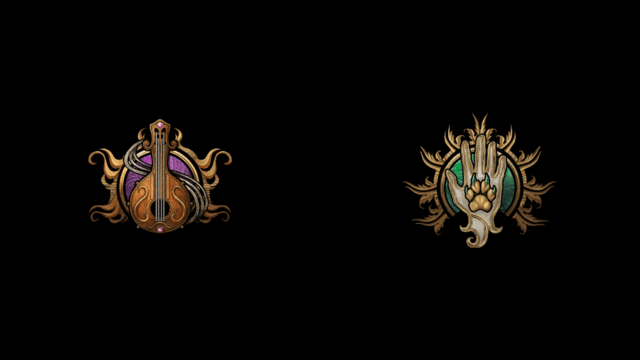
- Role in party: Frontline damage dealer
- Pros: High single-target damage, relatively high durability.
- Cons: Lose a feat and level six options for Bard spells.
- Feats: Ability Score improvement, Dual Wielder
- Important magic items: Crimson Mischief, Bloodthirst, Circlet of Hunting
Unlike the other two builds recommended here, Forest Winds takes the Bard onto the frontlines to support its worst subclass, the College of Swords. To help, we’ve taken some levels in Ranger.
The Forest Winds multiclass build
The Forest Winds starts life as a level five Bard, multiclassing twice into Ranger, and then going back into Bard. For Race, we recommend Wood Elf or Half-Orc for movement speed or critical hit damage.
Ability scores are pretty inflexible—Dexterity 16 and Charisma 16 are must-haves, with Constitution and Wisdom being close behind. You don’t need high Wisdom for this build, since we’re only learning Hunter’s Mark and Beast Speech from our Ranger levels.
The priority is Dexterity, as this build will be focusing more on damage and less on locking down targets.
Your only subclass is College of Swords, a very selfish Bard who uses Bardic Inspiration to deal more damage. Your fighting style from this college will be Two Weapon Fighting, while your style from Ranger will be Defense.
From Bard, you’ll have a pile of spells to choose from. Get some staples like:
- Sleep
- Tasha’s Hideous Laughter
- Hypnotic Pattern
- Healing Word
- Invisibility
You should also get some spells that help a Bard in melee combat. Longstrider is a must-know, if the party Wizard can’t do it. Learning Haste and Spirit Guardians from Magical Secrets can make you very threatening in melee fights.
From Ranger, you have two options to choose from, thanks to Favored Enemy and Natural Explorer. We recommend Keeper of the Veil and Beast Tamer, respectively, for spell economy and having a distraction in combat.
Your feats will likely be fully dedicated to raising Dexterity to 20. If you get there with the first feat, you can consider feats like Dual Wielder to improve the weaponry you hold.
For magic items, you have two goals: hit hard and survive. Crimson Mischief and Bloodthirst are traditional two-weapon fighting options for the endgame. Items like Cloak of Protection and Armor of Agility aren’t flashy, but will provide massive bonuses to AC that make you difficult to hit, even without a Blade Flourish.
Uses of the Forest Winds multiclass
Being an effective Bard/Ranger isn’t exactly a piece of cake. The College of Swords eats through Bardic Inspiration quite quickly with their Blade Flourishes, but the damage isn’t bad. Extra d10s are nothing to sneeze at.
That being said, you’ll more commonly be using Hunter’s Mark like a Ranger does—dealing consistent damage based on how many times you hit a target. Use Blade Flourish to layer on the damage only when you need it. Slashing Flourish can deal exceptional damage during a turn, for instance.
Your concentration will normally be on sustaining Hunter’s Mark, but you should swap to a control option like Hypnotic Pattern when required.
Out of combat, you’re just like every other Bard. Use your incredible social skills to win the hearts of everyone in Baldur’s Gate 3.


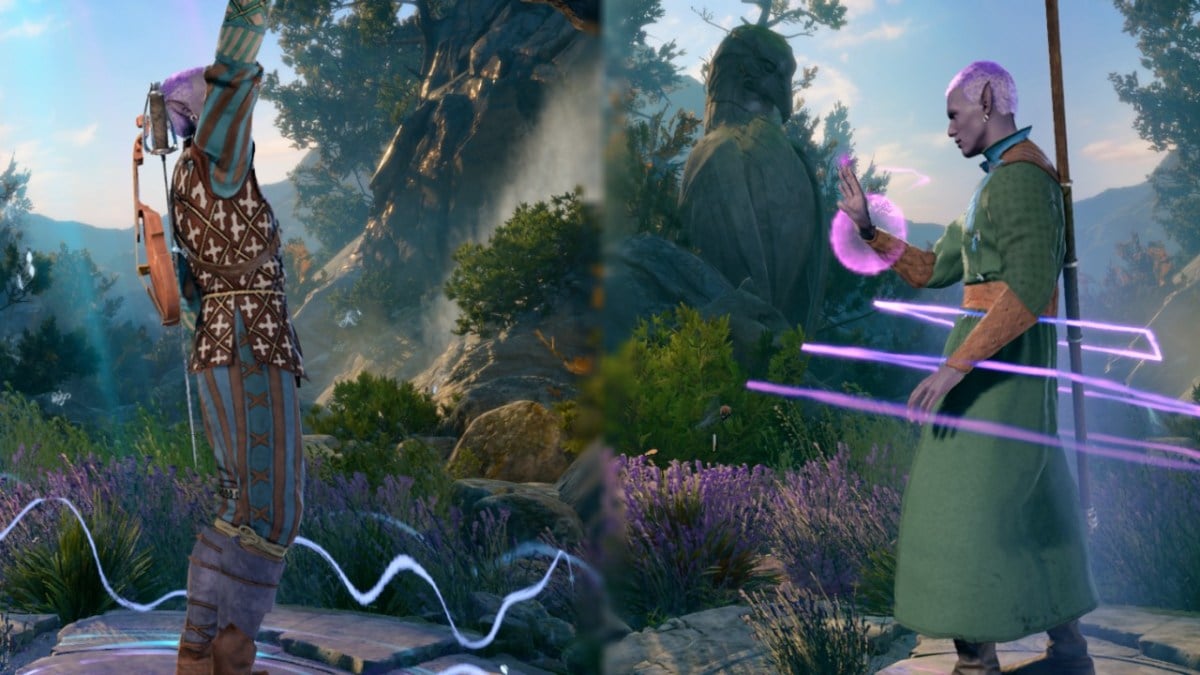
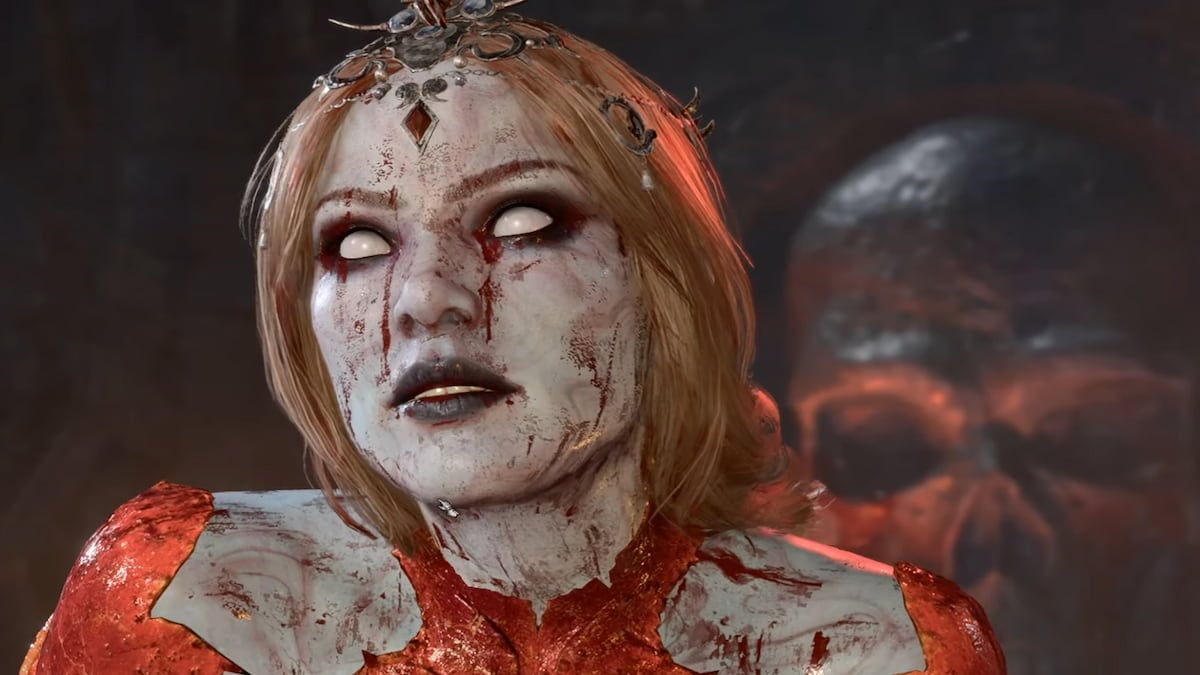
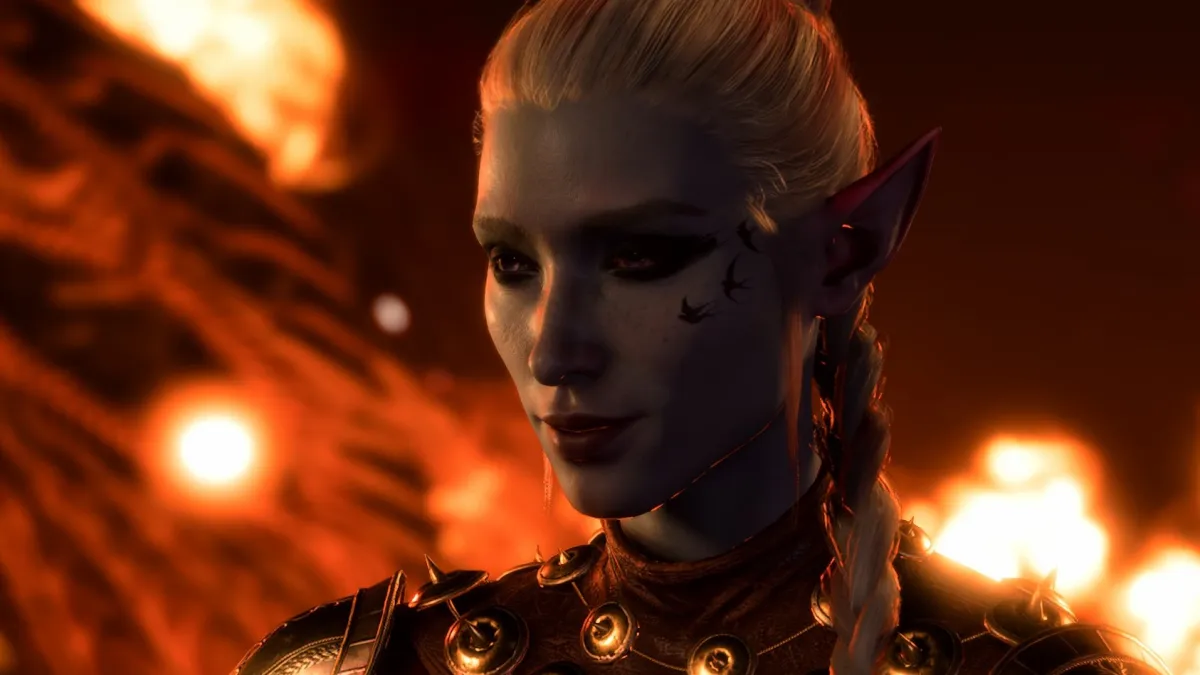
Published: Jan 19, 2024 05:34 pm